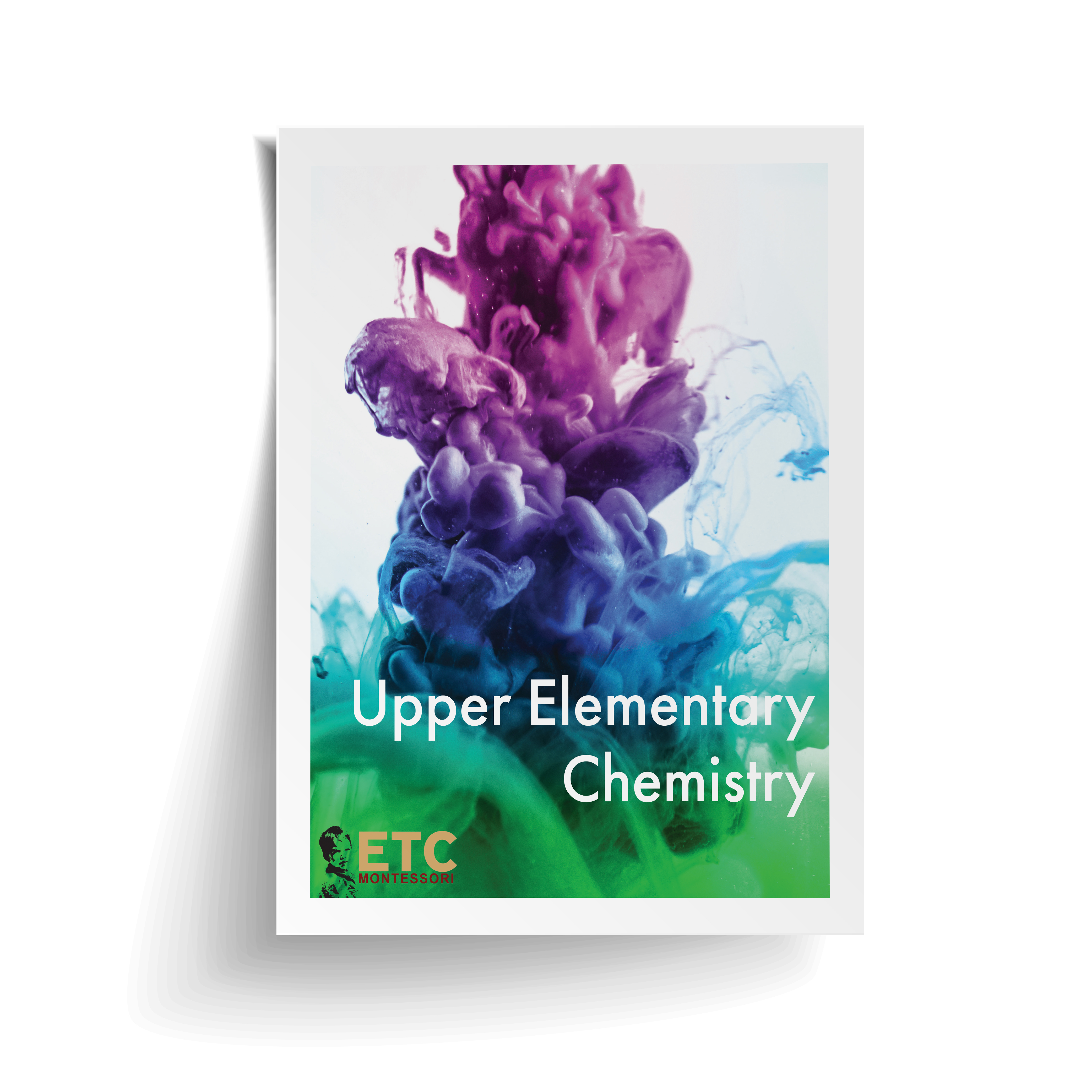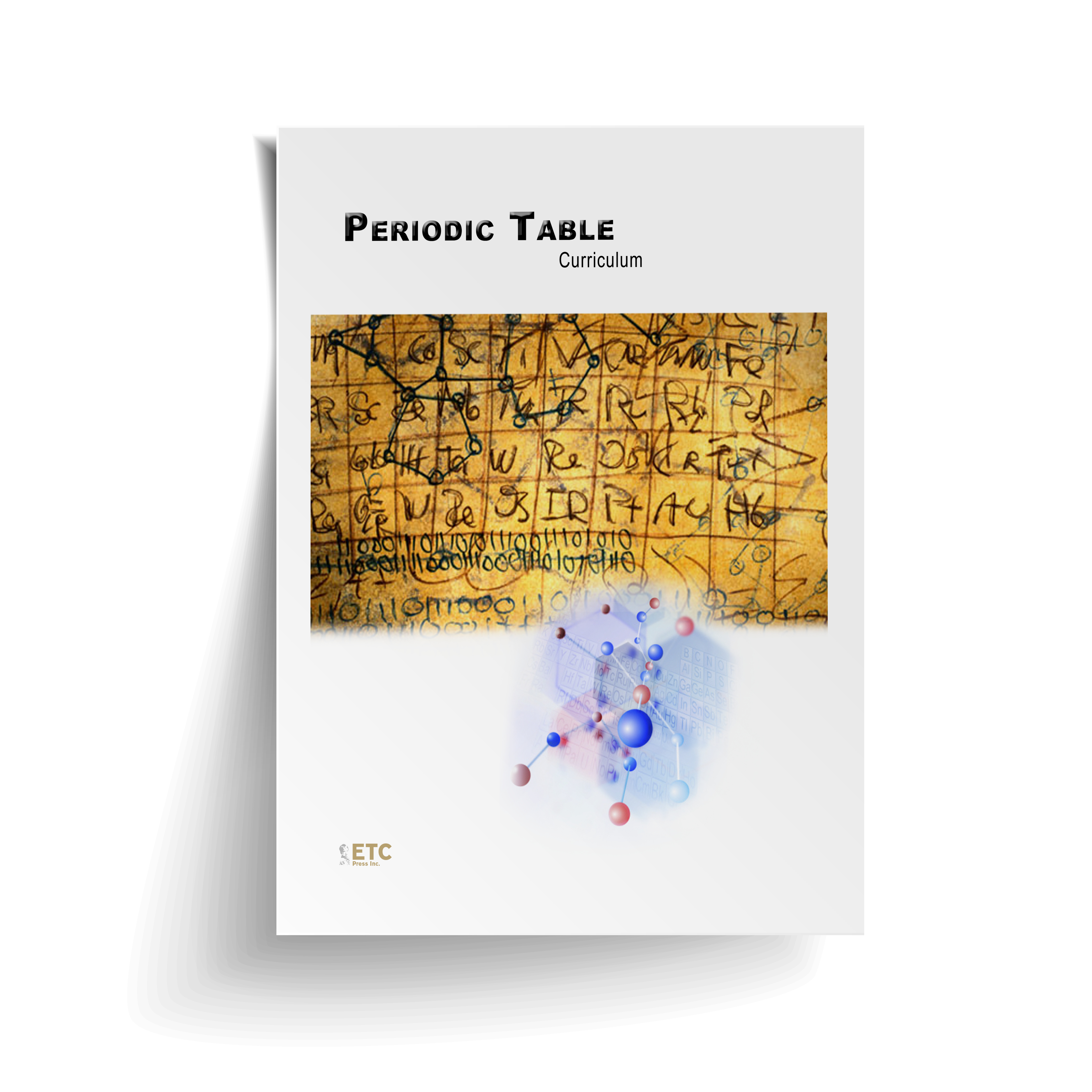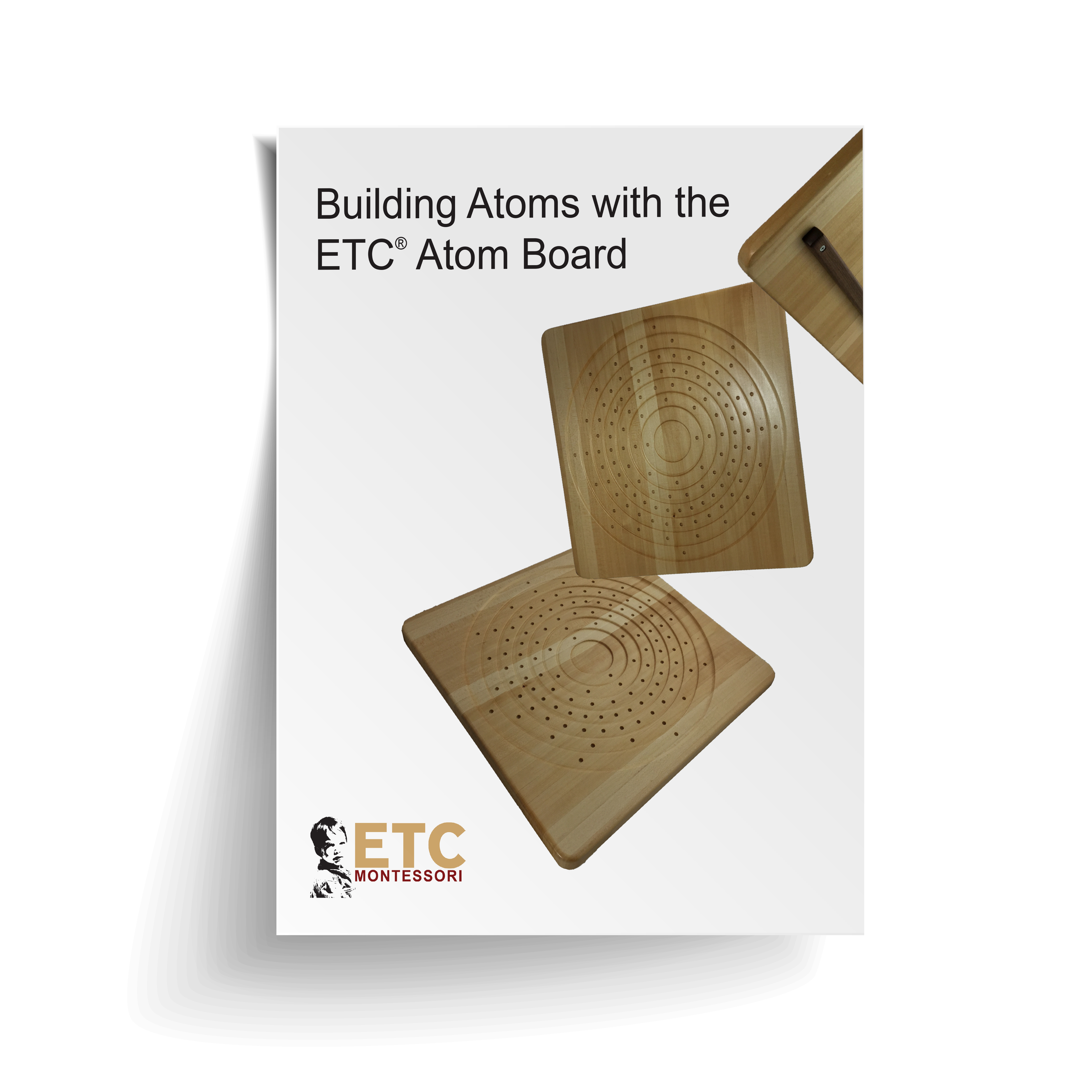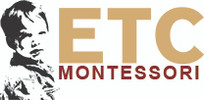
Understanding how to effectively implement the ETC Montessori chemistry curriculum in your Montessori classroom while meeting NGSS standards.
A. Lower Elementary Chemistry (ELC-4052A)
The material in this set consists of the first approach to the study of chemistry. Here you will find a basic nomenclature along with experiments that encourage exploration into the three states of matter, acids and bases, physical changes, and chemical changes, along with historical events that have impacted the chemical sciences. As the focus is aimed at introducing students to the basic facts of chemistry, the definitions are written for the 6-9 level students and the experiments are designed to provide basic observations with very concrete results. Students are asked concrete questions that are directly tied to their observations.
B. Upper Elementary Chemistry (ELC-4052B)

As the Montessori curriculum tends to be a spiral model where students come back and re-visit concepts, teachers will find that the initial concepts introduced in the lower elementary chemistry are once again revisited but with a more rigorous approach. Each concept is presented with additional information and more abstract ideas. Once again, the nomenclature is a teacher presented nomenclature while additional vocabulary is given that encourages students to investigate innovative ideas and concepts.
One such new concept is the introduction to the periodic table. (Note: this is not a full study of the periodic table.) To do this, we offer students 32 cards associated with the most common elements found in nature and which most individuals are familiar with. Here these cards are presented in the familiar format, that many Montessorians will recognize, the ever popular “Who Am I?” structure. These cards are intended to be a first glimpse into the periodic table’s structure and form. Guides will notice that these cards are very simplified offering only the name of the element, a picture of the element as it is used in real life, and the symbol of the element. The symbol, in turn, is very stylized with a colorful and embossed look. These cards are specifically designed this way so that they create a strong initial impression. Furthermore, even though the students are not aware of this, the color chosen to represent the element is directly connected, and represents the color associated with the period in which this element is usually found in the original traditional periodic table.
The true beauty and thought process that has gone into the design of these cards may be seen in the subtle nuances throughout the “Who Am I?” cards. Here students will initially find their attention being drawn to the short story of the element. However, additional information may be found on these cards in the form of atomic number, boiling/melting point, and the person who discovered the element along with the year it was discovered. Yet, you will notice that no information is provided for what an atomic number is, neither will you find a definition of what a boiling point and melting point is. The expectation here is that the student makes the initial inquiry as to the definition of these concepts. This is information that will be further developed later on as we continue our study of chemistry. These concepts fall under the “work of the child”, and we do not address other more advanced elements.
C. Periodic Curriculum (ELC-4050)

If the child has completed the beginning element cards offered in the Upper Elementary Chemistry curriculum, we are now ready to guide them into the structure of elements which is the basis for how the periodic table is put together.
Although it might seem redundant, a review of those 32 cards is once again offered so that concepts and ideas are once again revisited and are readily available to the students. These are presented and made available to the students only if they are needed. If you find that your children are ready to move on, then you introduce the second section of element cards. Here you will find a card for every known and identified element that makes up the periodic table. In this second set of cards the elements are presented in a different format.
Not only will you find that this second set of cards contains the SAME element name with the SAME letter format, it also has the SAME pictures shown on the first set. The differences are subtle in such a way that the child can move effortlessly into more abstract thought development. Although the symbol is present it is NOT stylized, instead, it is presented using simple black letters. In addition, you will find that instead of an atomic number we are now showing the actual atomic structure of each element. The picture is deliberately designed to show the nucleus and the electrons circling the nucleus.
Although a variety of research projects accompany this material, the initial task is to get the students to produce their own grouping system. They are to use these cards to make their own rudimentary periodic table. Understanding how the modern periodic table was achieved is an important part of the journey. Students may work on this project by themselves or in groups. We often find that working in groups allows for more flexibility and imagination.
Once the children have mastered the idea that elements are indeed grouped, we then present them with the Large Periodic Table which is included in this set. Theoretically, you should not bring out the periodic table until they have completed their own grouping activity of the elements. Because we have now moved to an even more abstract presentation of the elements, our periodic table is also designed using more abstract elements. On the periodic table you will notice that the name of the element has remained the same as the picture that may be found on the original cards. However, here is where all the similarities end. The picture of the atomic structure is gone. The idea of atomic mass is approached based on the connection that exists in a neutral atom which in turn exists as a relationship between the number of protons, neutrons, and electrons. Instead of a picture of the atomic structure depicting the valence electrons we now have a series of vertical numbers representing the electrons found in each field.
D. Building Atoms with the ETC® Atom Board (ELC-4051)

Being able to build atoms is the ultimate culmination of understanding, allowing the child to show that they have a full grasp of abstract concepts associated with the atomic structure of an element. This is the last step on our journey and is often one that requires the teacher to fully understand how to effectively use and teach the Bohr model. This activity is introduced and presented to the children only after they can show that they have mastered the periodic table curriculum. The cards that accompany this activity are quite different as we now present everything in an abstract manner while still being able to fall back onto the concrete presentation of the structure of the atom using the Atom Board. The accompanying cards contain the atomic number as well as the atomic mass. They contain the group number and the period number (it is assumed here that they have explored and researched these ideas). There are no pictures of the elements, though the list of electrons found in each field is still made available to them.
It is only after the children have mastered the ideas behind building atoms that we begin to introduce them to such concepts as the octet rule, isotopes, bonds (covalent, polar, ionic, etc.) and ions.
Aki Margaritis is the Executive Director of ETC Montessori and holds teaching credentials for middle school and high school with advanced degrees in the areas of biology, math, and chemistry. He also holds a Montessori Secondary I credential from AMS.


